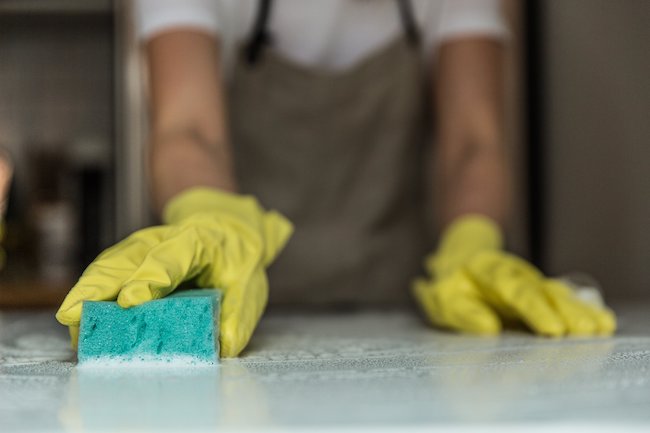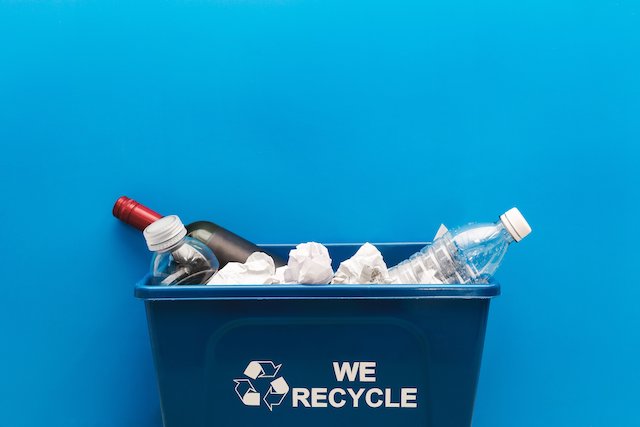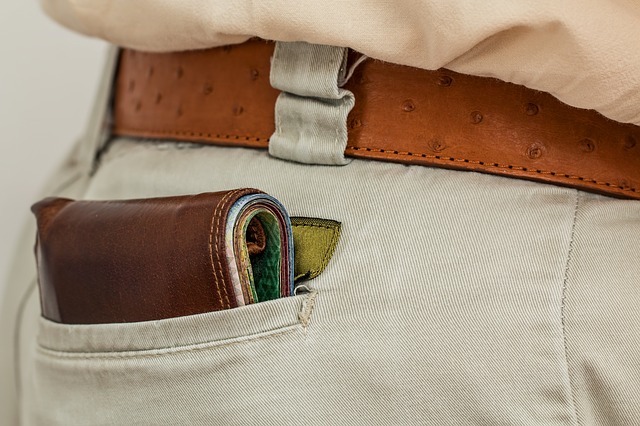Big restaurants have in recent years started to incorporate environmental friendly standards to their restaurants. Big names such as KFC, McDonald's, Starbucks, and Subway have already implemented the program for energy consumption, carbon emission, and waste management.
Eating healthy and living in a more sustainable condition has become trendy in this millennial generation. The most common question that restaurant owners usually ask themselves is – does my restaurant stand a chance when it comes to restaurant sustainability?
When you have a sustainable restaurant, it is good for the environment and it also helps you save money. Here are some tips on ways of making your restaurant more environmentally friendly:
1. Cook food that is on season.
The majority of chefs plan their menu based on:
A) What they think their guests would enjoy the most
B) Exclusively what they wished to cook.
For you to have a sustainable restaurant, then it’s most viable to cook the food that is in season. You also need to customize the different menus so that it matches up with the different seasons.
Your customers will most definitely appreciate the different options displayed and the variety of fresh food on your menu. To add on, buying your food when it’s on season may help you reduce food expenses.
2. Use environmentally friendly cleaning products.
Cleanliness is one of the topmost factors to a restaurant’s success. Truth be told, many restaurants use cleaning products that are toxic to some extent.

You can find affordable options to make your restaurant more eco-friendly in-stores or online.
Look for Chlorine Free products Association label, Green Seal label, or Environmental Choice Program label, when you are shopping around.
3. Conserve water usage.
Water expenses may easily add up. Ensure that all pipes are sealed well and aren’t leaking. A leaky tap may lead to the loss of up to a thousand gallons per year.
Other ways of conserving water include serving customers who only ask for it, running the dishwasher only when it’s full, and only thawing food inside the fridge rather than under the faucet.
4. Invest in a recycling and a compost program.
Any acquired waste in the restaurant could be reused by recycling and composting. Composting simply means breaking down any food waste to dirt or soil. Recycling, on the hand, simply means the process of breaking down waste into new materials.

Recycling helps to decrease energy, increase efficiency, and save on money. Composting, allows you to reuse any food that would have otherwise been thrown away.
You may not have a room for composting but you can have a recycling structure for your eatery. Putting up the best recycling set up involves putting up bins around your restaurant which are easy to access by your staff and customers.
5. Source locally available materials.
You do not have to invest your money transporting food from across the country. Instead, you need to devote your energy in sourcing locally available food items.
This may mean sourcing food from a mile radius of, say, 100 to 150 from where they were grown.
This decision can lead to your customers appreciating your support of the local economy and the freshness of your menu. When you go local with your food you also get a chance to get more involved as a partner in your community.
6. Minimize paper wastage.
Reducing paper has become easier than ever in this new digital age. Using too much paper can be a big problem with receipts. There are POS systems that enable you to send receipts in digital form.
These days, a majority of the people opt to have their receipts emailed to them rather than having a full wallet stuffed with paper.

In addition, you should try to cut on paper advertisement and put more effort into online advertisements. Social media is one of the most affordable options you can use.
7. Use sustainable equipment.
How well do you save on energy in your restaurant? Do you use energy efficient equipment? Electricity costs can be very expensive.
Energy efficient equipment can help you reduce this cost. Sure, the costs of buying energy-efficient equipment may be high in the beginning. However, it won’t take long for the energy savings to recoup that cost.
To save on energy, look for things such as low flush toilets, energy star refrigeration and energy star appliances. Always make sure that all of your equipment such as lights, ovens and POS systems are turned off when you close your business at the end of the day.
8. Use reusable products.
Discard those plastic containers and styrofoam! When it comes to dishware, anything washable will be a better option for restaurants. Buying washable dishes or other recyclable dishware may seem expensive at first but they will certainly pay off in the end.
Check your trash bin, are they filled with food containers? This could be hurting your bottom line in addition to damaging the environment.
9. Track all perishables items.

Wasted food can pile up rather rapidly. Keep a track of all the perishable items. Check on food color, expiration date, and their smell.
It's recommended to move up the menu of those food items that are due to expire to prevent food spoilage and wastage.
10. Market your eco-friendly initiative.
People will always love to hear about great things! Don't forget to market your eco-friendly initiatives through marketing platforms such as social media.
There you have it. 10 tips for making your restaurant more sustainable. Sustainability for restaurants will help you reduce waste, be resourceful, and form valuable relationships in your community.